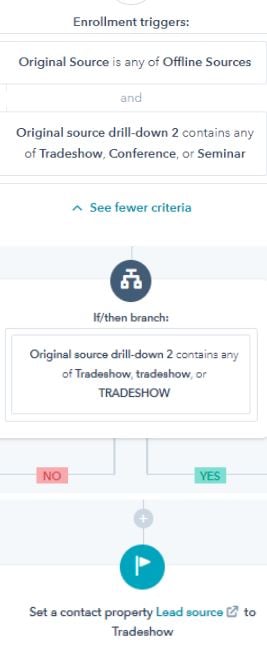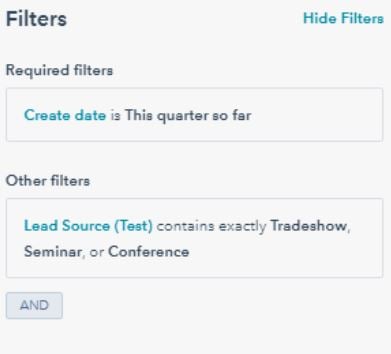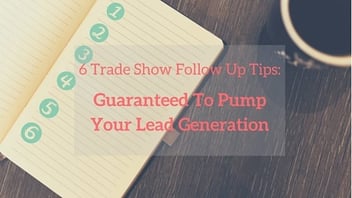
YAY: Hubspot Changed the Way Offline Events are Reported
For a long time, HubSpot treated offline events like Bigfoot. True story, yeah, it’s something a lot of people witnessed but refused to acknowledge*. If you went to an event and came back with a spreadsheet full of potential leads, then uploaded that list onto HubSpot, it simply referred to that property as offline Leads. It wasn’t easy to figure out which type of event they came from, was it a tradeshow? A seminar?).
Well, the HubSpot Gods have smiled on us**. A consistent naming convention and a clever workflow is all it takes to create a report on your event. Remember, event marketers, are people too!
Why the HubSpot Campaign Tool Isn’t Enough
You might be thinking, “Can’t I just use HubSpot’s handy dandy campaign tool for offline events?” The answer is… kind of. You absolutely SHOULD build a campaign in HubSpot to track sign-ups, email engagement, and social media performance around your event. It’s a great way to track online engagement. The issue here is after the event. If you upload a list of leads to HubSpot and then add it to a campaign, HubSpot won’t count these as “first touch” leads, but as “influenced contacts.”*** If you want to really be able to build proper reports for your offline events, you’ll need something else.
Original Source Drill-Down 2 is Your Friend
When a contact is added to HubSpot, there are three fields that get populated automatically.
- Original Source
- Original Source Drill-Down 1
- Original Source Drill-Down 2
Or, in the poetic words of the HubSpot Knowledge Base:
These properties store further information about the source of the contact's first visit. Their values vary depending on the Original source property.
So for example if a contact was created from a LinkedIn ad, the properties might say:
Original Source: Paid Social, Original Source Drill Down : LinkedIn, and Original Source Drill Down 2: US Campaign.
But What Happens When You Upload a List to HubSpot?
In that case Original Source is Offline Sources, Original Source Drill Down 1 is IMPORT, and Original Source Drill Down 2 is the name of your file. This is why naming conventions are so important - if you know how your events are named, reporting is going to be much easier.
One Workflow (and Property) to Rule them All****
The next move is to create a custom property called “Lead Source”. If your naming convention includes the event type (and it should) this is a great way to filter offline leads by event type. So if I uploaded a list called “US Tradeshow Chicago Cybertech” then I can create this workflow to set the Lead Source as “Tradeshow”.
So now, anytime I upload a list that has the word “tradeshow”, that’ll be it’s “Lead Source”.

Bringing it All Together in Reports
We’re basically done at this point! All that’s left is for you to build a report for your event. You can use the custom lead source property to only show “tradeshow” activity.

Or you can filter by Original Source Drill Down 2 so see only the leads from your specific event.
And that’s it! It might seem like a lot, but really once you set up the workflow you’ll be reporting on events in no time.
*OPEN YOUR EYES, SHEEPLE
**Or at least their product team.
***I mean, if you’re not going to get full credit, what’s the point?
****I don’t even like LOTR. Don’t @ me.





